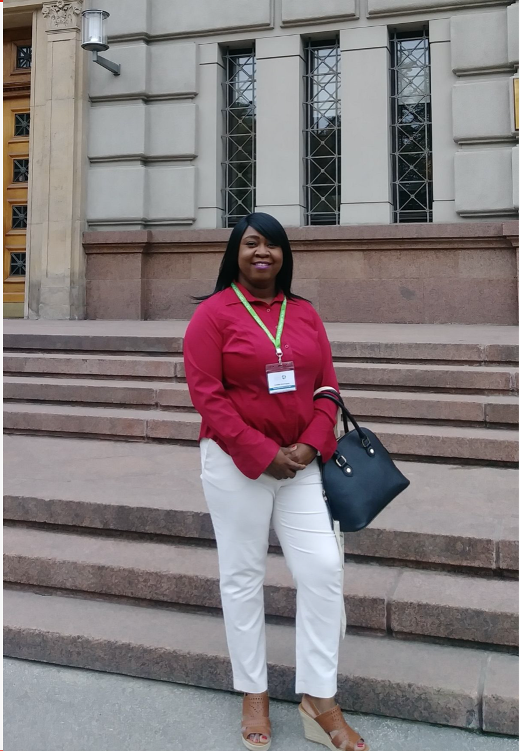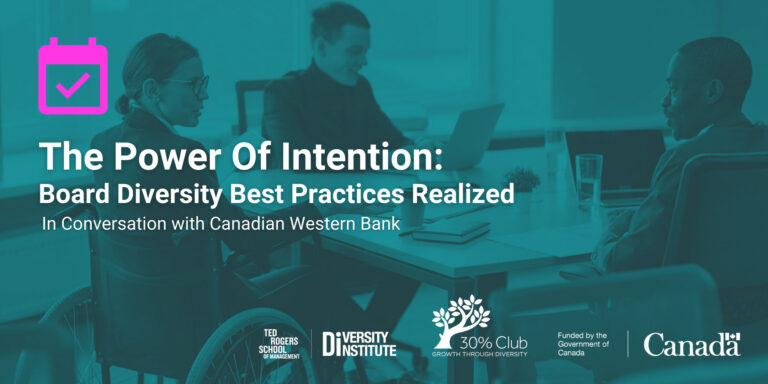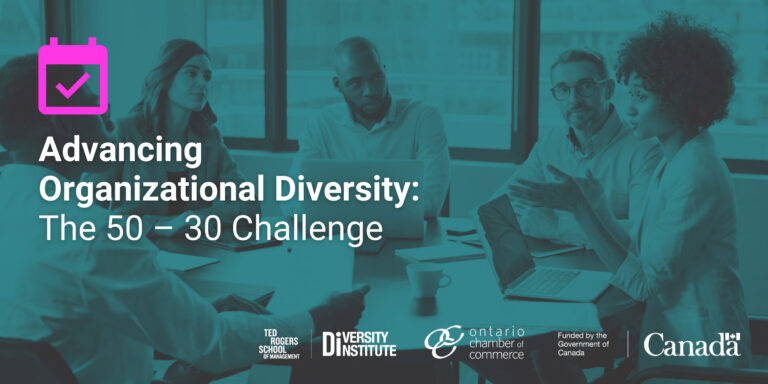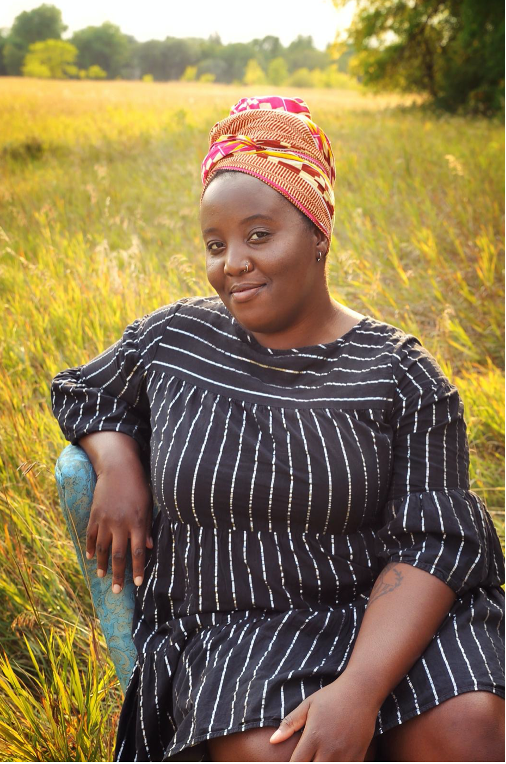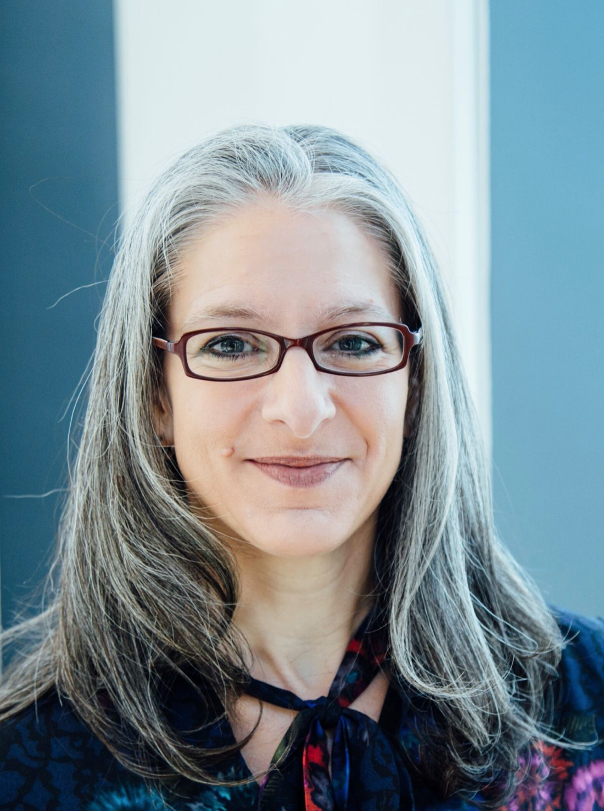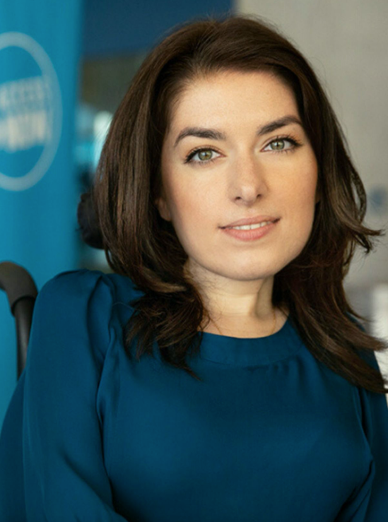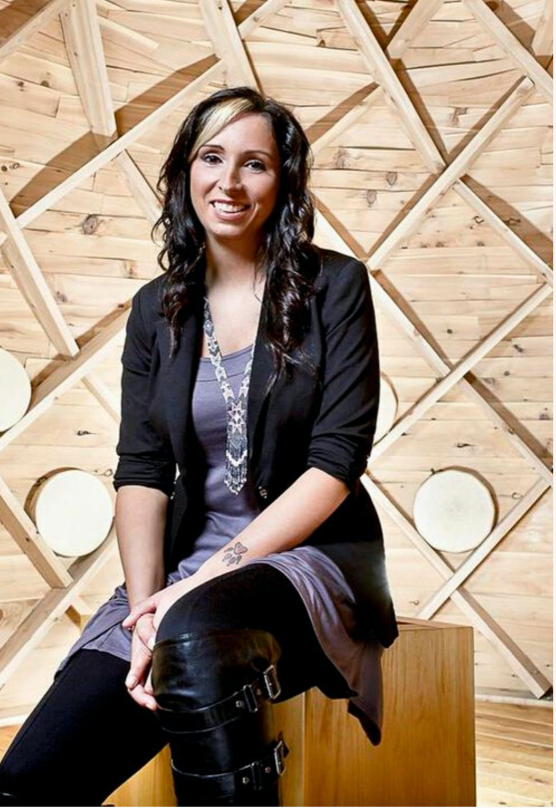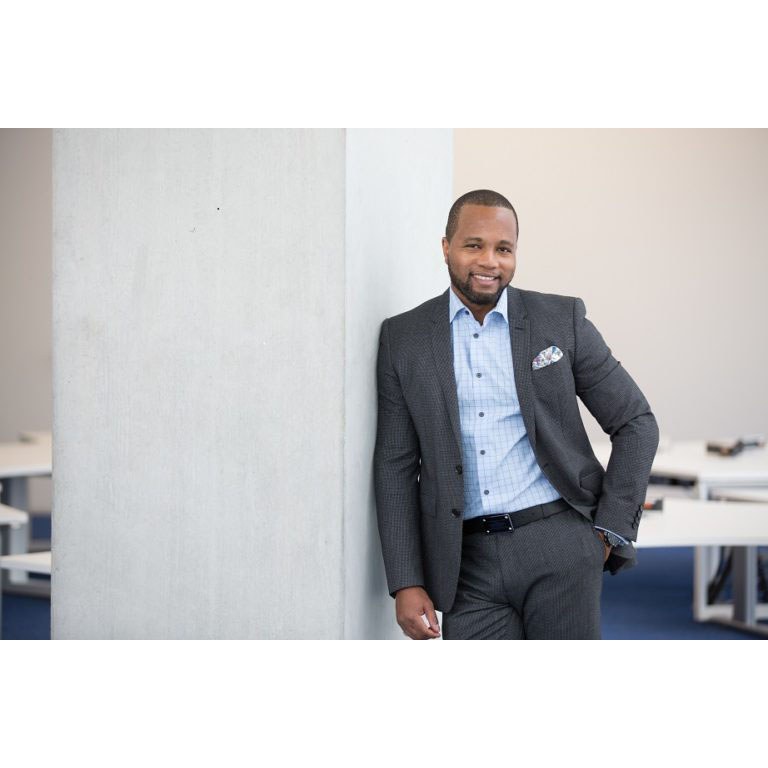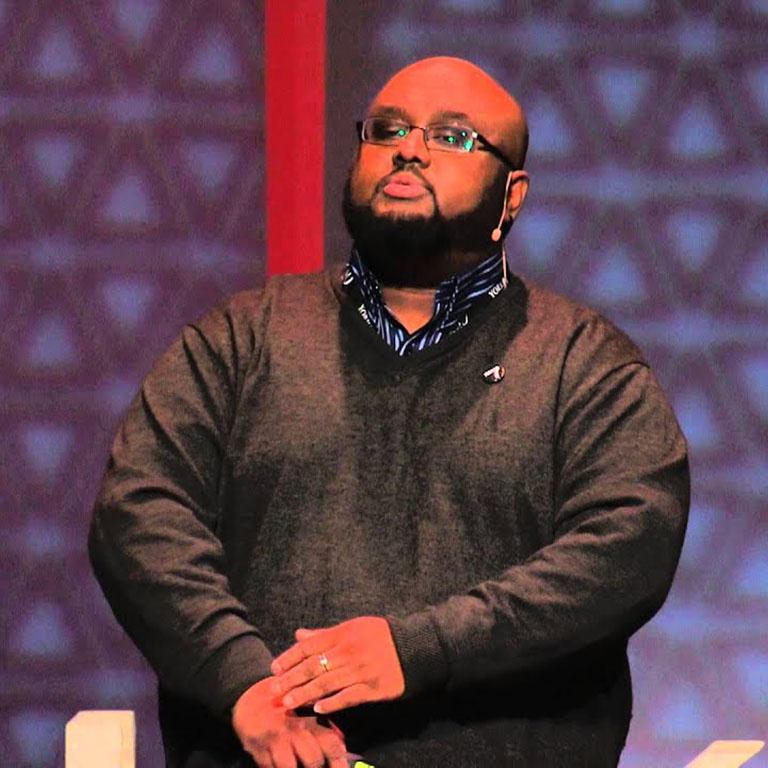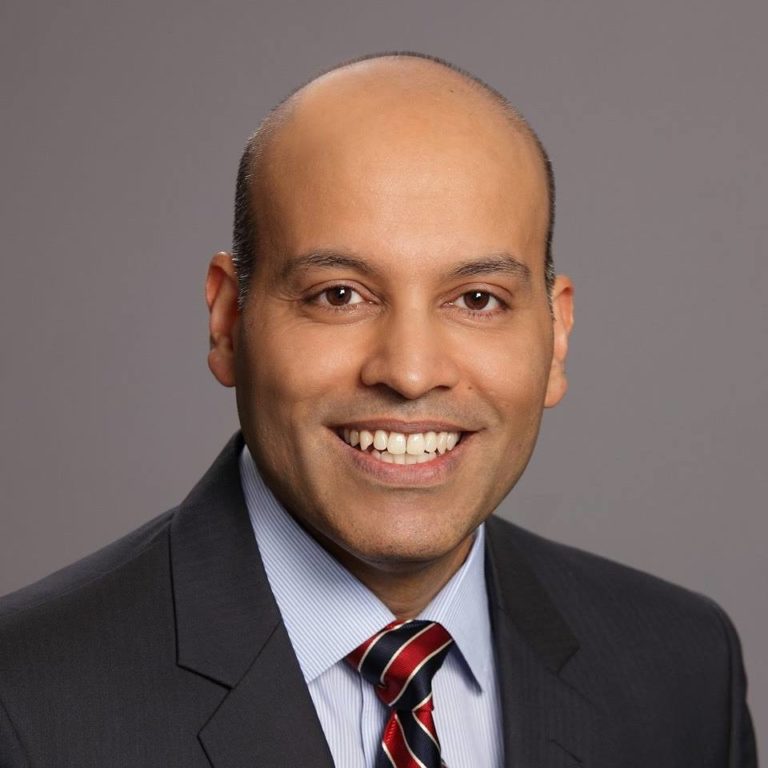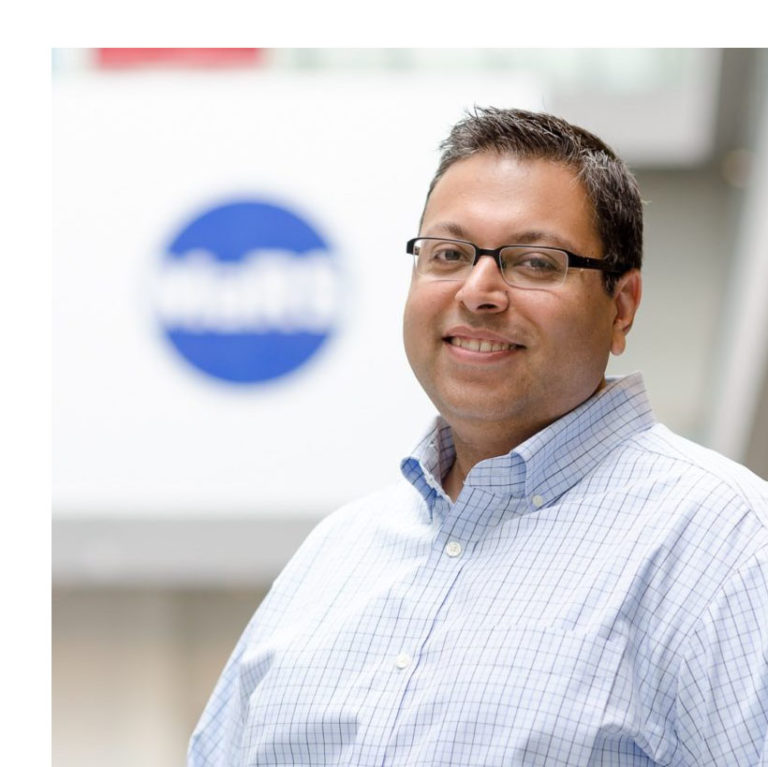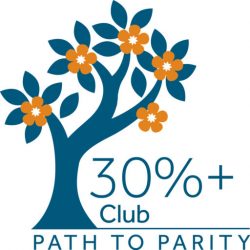A conversation with Candies Kotchapaw on COVID, Inequality, and Black communities
By Stephania Varalli
I first met Candies Kotchapaw at the Top 25 Women of Influence celebration on March 3, where we presented her with an award for the work she’s been doing as the founder of Developing Young Leaders for Tomorrow, Today (DYLOTT), a leadership incubator focused on Black youth.
The inspiration for DYLOTT came from Candies’ own experience with systemic racism in academia — she holds Master and Bachelor degrees in Social Work, and a diploma in Child and Youth Work — and an understanding of the need to make spaces of influence more accessible for Black communities, from education to corporations to the public sector. She’s now at home with her 7-year-old and 17-month-old, figuring out how to pivot DYLOTT to best serve Black communities in need, and how to raise the funds needed to do it.
Much like with Indigenous communities, a conversation about the impact of COVID on Black communities extends much further than health. While Candies sees an opportunity for positive change, it’s clearly a challenging road ahead.
The interview has been edited for length.
Let me start by asking, how are you doing?
I was having a conversation with another BIWOC person today, about how Black community members are sharing their experiences, and people are in shock that this actually happens in Canada. And I said to her, I don’t think I’ve ever been as triggered as much as I am triggered now. And it’s because of the spotlight — all of the sudden, all these things are being put out in the open, and discussions are raw, and conversations are really hitting the core of what we’ve been experiencing for such a long time. So how I’m doing is, I’m not sure.
There are times that I have media trauma. With social media and mainstream media, everything comes home with you. It’s in your living room, it’s in your bedroom, it’s in your kitchen — wherever we have a screen, it’s there with you. And Black community members have been put on the stage, and now we are expected to perform, in a way that we’ve never been conditioned to perform, nor have we been given the opportunity to prepare. I’ve never been invited to speak this much in all the years that I’ve been active in program development. The best term that I can use is just truly overwhelmed by it all.
And through all of this, you’re figuring out how to keep DYLOTT moving forward. How has that journey been?
Before COVID-19 hit, we had just come off our closing activities for 2019. After having experienced a tremendous amount of success for our pilot year in different programs, we were ready to bring them to other Black communities across Ontario and then nationally. Over October, November, and December we were building our strategic direction — operationally, financially, and in terms of the personnel that we’re going to bring on board — and had started conversations about going after an Ontario Trillium Foundation Grow Grant. That would have been multi-year funding, so we wouldn’t have to be in the precarious position of looking for funding every single year.
In January, we started to write the grant and were communicating with potential partners to come on board and support the program. By February, COVID started to take root and our steering committee and our board members began to talk about what we should do. By March, everything was shut down. Fortunately, we were already doing virtual conferencing — everybody who is in DYLOTT works full-time, or has part-time work or school work — so we were doing conference calls at 9:30 at night when our children went to bed.
And what about that strategic growth plan? Are you continuing in the direction you were discussing, or has COVID changed things?
The work really has shifted from ‘How do we prepare to roll out our current programs?’ to ‘Is there an opportunity to prepare Black youth for the transition into the future of the work?’ Because we know that the digital age is already here and our communities are already left behind.
When COVID hit and we had to adjust to learning at home, there were pockets of information coming out saying that Black communities don’t have access to reliable Internet, we don’t have access to reliable technology. We already knew those things were happening — but it was an opportunity for us to say we need to create access to those technologies that are going to be mandatory in the digital age, during the recovery period and beyond.
That’s a mountain of a job, because how do we reach out to these people using the virtual space when they don’t have the access to the virtual space? That’s a road-map that we need to create to make sure that we don’t leave anybody behind, but we recognize that is going to be slow, it’s going to be long, and I’m sure it’s going to be treacherous.
Looking at the issue of learning from home, the Ontario government made big announcements about distributing laptops and tablets to disadvantaged students — but it’s community organizations like DYLOTT that are recognizing the gaps in the program. Should the government be working with you more closely on efforts like distributing learning devices?
I absolutely think we should take the lead here, because we know those communities that we’re working with, and have an understanding of the needs of the people who participate in our programs. We can provide training, and help families to adjust to the new demands and technological requirements that they’re being presented with. The assumption is that we just provide them with the technology and they will figure it out. That’s not always the case.
I can draw on the example of my seven-year-old daughter. She had a Google Meet meeting every Wednesday with her teacher and her classmates for an hour. The only thing I got from her teacher and from the TDSB [Toronto District School Board] is: ‘Here is the link to the Google Meet, and the time. Log on when it’s time.’ I could figure it out, but what about those families who are technologically illiterate? What about those families that have children with a learning disability, with autism, with all the other challenges that come, the exceptionalities that children have? What do you do to support those families?
I think the assumption is that people will just get by and figure it out, but you can’t have those assumptions when you’re dealing with a population of people that have already been marginalized within society. COVID really has rolled back the curtain on all the inequities that exist.
“I think the biggest positive that I can take from COVID is that it has opened up the lines of communication, where I think they were locked or non-existent before. Even through social media, there’s access to people that I think before as a Black person I would have never had the opportunity to engage with.”
For DYLOTT to provide these services, you need funding. You’ve set up a GoFundMe page, but that’s far from the multi-year support you were hoping to secure at the beginning of the year. What does the financial part of this equation look like?
At the end of April, the federal government announced $350 million of support for the nonprofit sector and community. That generated a lot of interest of course from community organizations. We had several different workshops on how to apply for this grant and how to gain visibility. But the thing that I realized about this whole process, is that if you’re not a well-established organization, if you haven’t been around for a long time, or if you don’t have a mechanism that you’re connected to other organizations that have visibility, you get passed over, always.
While at DYLOTT we were talking about, ‘How do we put an application together?’, other organizations were already out there doing that work, they were already planning their response, and how they would access the funding that was out there. We could not get a hold of anyone. No one was listening to us. We were floundering in a way, because we didn’t have visibility.
That day when I decided to put that tweet out and I tagged Jan [Frolic, SVP at Women of Influence], I tagged her because I knew that in order for us to get a support team, someone else who knew about us had to pick it up. That’s the only way that an organization like DYLOTT can get any support. And when we got visibility, now all of a sudden a lot of people are calling and they’re all saying, “Hey, what are you guys doing?”
It’s not that organizations aren’t doing the work, they do the work and they’re doing very important and impactful work, but if someone else doesn’t recognize the value that the organization is providing, that work gets unnoticed and they end up falling by the wayside.
And what about at the community level, the individuals that you work within your programs? Or other organizations in this space? What are you hearing from them?
What we’re hearing is the things that we already knew existed, the challenges that we already knew existed — like mental health, which was never a priority area for social determinants of health for Black communities. All of a sudden, it’s a priority. If all of a sudden it’s a priority — we never got a chance to sit down and deconstruct what mental health looks like within that community, and we’re expected to have solutions for all those challenges, we’re expected to have the people who can address those challenges.
For me as a social worker, I know for a fact that there aren’t enough Black mental health workers to support our community, because there has never been that focus put on the need to provide Black mental health services.
Also, of course, the challenge with technology and the barriers that presents. One of the questions that we’re discussing with organizations like ours is ‘What training do we need to provide?’
But what agency do we have to answer that expert question? I don’t feel like I’m an expert right now. That’s the reality. I think it certainly is an opportunity to address something, but I think it’s unrealistic to expect that we have all the answers, especially right upfront, right now. We need the space to figure out strategies to address all the different social determinants that are happening all at one time.
What in all this gives you hope? Is there anything that is happening because of COVID that you believe can help us build a better future?
Yes. Definitely. Even in all this horribleness, all the terrible, tragic impact that COVID has brought with it, I would be remiss if I didn’t say that COVID has brought many opportunities for people who are Black and for people to collaborate. I think the biggest positive that I can take from COVID is that it has opened up the lines of communication, where I think they were locked or non-existent before. Even through social media, there’s access to people that I think before as a Black person I would have never had the opportunity to engage with.
The major thing that gives me hope is that people are recognizing the value of contribution from Black communities. They are recognizing that there is capacity for agency within Black communities. And they are recognizing that there are a plethora of experiences that are valuable.
Now, the spotlight is being shone on our communities, and we’re saying, ‘Hey, there’s an opportunity for self-governance. There’s an opportunity for economic independence. There’s an opportunity for collaboration on a level that there has never been.’ I’m certainly very happy for that.
Throughout the pandemic we’ve heard the phrase “We’re all in this together” — but are we? Looking closer, the impact of COVID-19 is not equal for all. The 30% Club Canada and Women of Influence are partnering on Unmasked — a series that amplifies the voices of community leaders, sharing unique challenges and thoughts on how we can build a better, more inclusive future.

